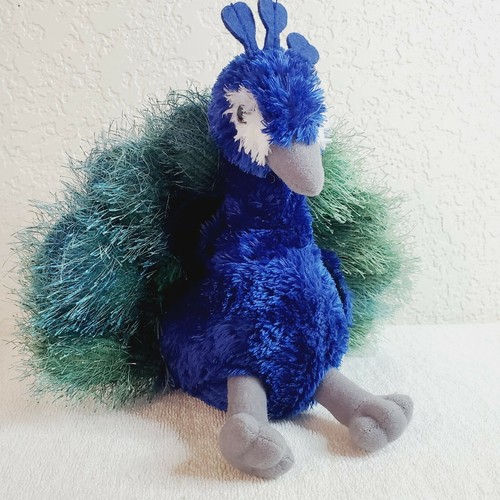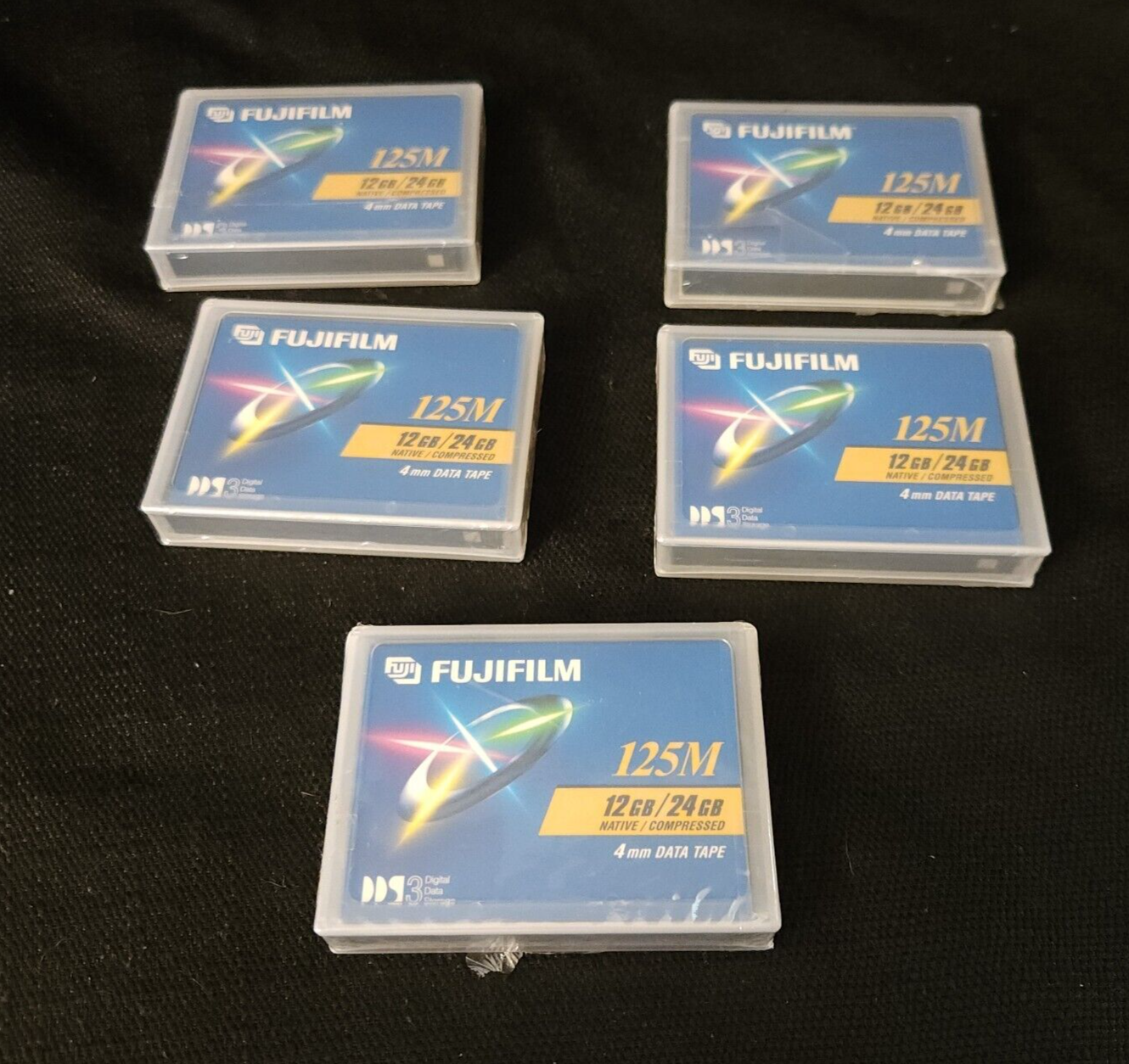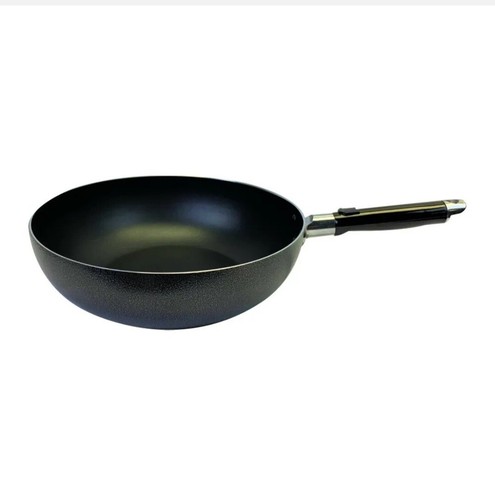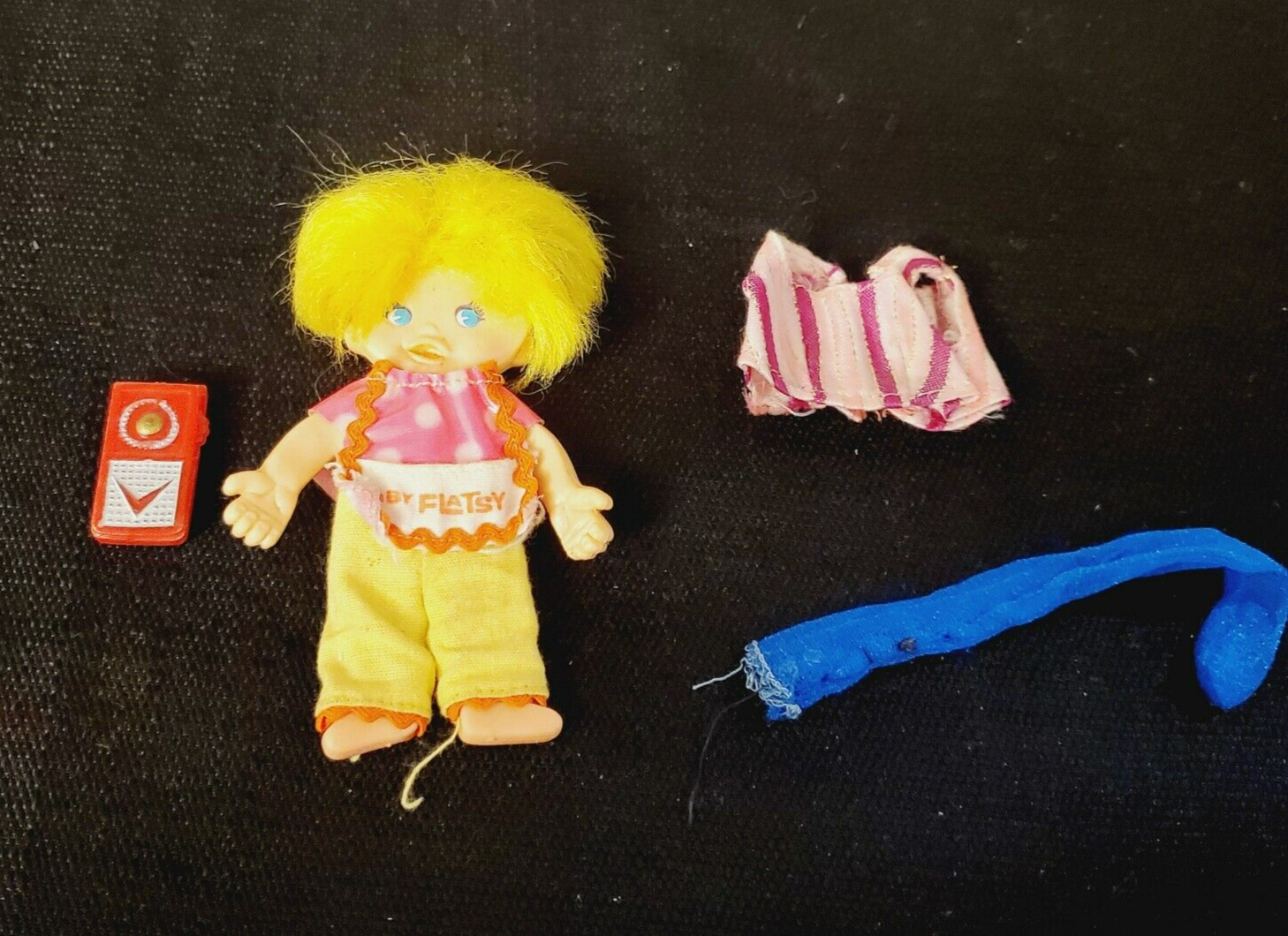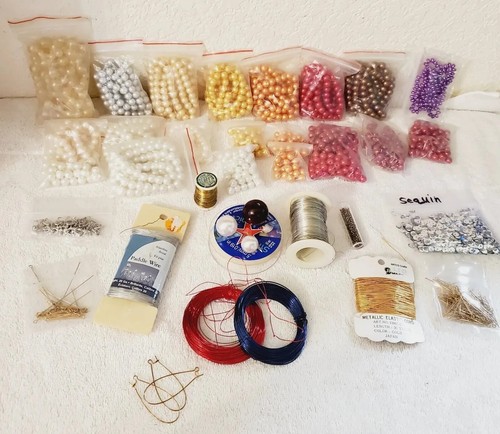New week, new sparkle. We sourced a trunk of attic-fresh paper ephemera, a trio of retro kitchen workhorses with storybook patina, and a crafty haul that made us text the group chat at 11:03 p.m. Our filter is simple: pieces that are honest, useful, and a little bit magical. For the curious, browsing the vast world of museum collections is a great way to train your eye—try the Smithsonian’s public collections portal for inspiration: si.edu/collections.
- Collectibles: trading cards, enamel pins, oddball promos, and nostalgic desk mascots.
- Vintage: mid-century kitchen, 90s tees, studio pottery, and small furnishings.
- Crafts: yarn lots, notions, tools, kits, and mystery-maker bundles.
Collectibles: From Cards to Curios
We chase condition, completeness, and character. That means original boxes when possible, clean corners for paper goods, and provenance notes tucked into sleeves. If a piece can tell a story in one glance, it’s a contender.
What we look for
- Evidence of original packaging or retailer tags.
- Legible dates, maker’s marks, and printing info.
- Condition balance: rare-with-wear vs. common-but-crisp.
- Completeness: inserts, manuals, stickers—bonus points for ephemera.
How we authenticate in 3 steps
- Reference check: compare marks, fonts, and construction against known examples.
- Material check: paper stock, stitching, enamel fill, and fasteners must fit the era.
- Context check: plausibility of the story—where it was found and how.
Vintage: Wear, Repair, and Rarity
Patina can be poetry. We weigh charm against integrity and disclose any quirks. For paper and textiles, gentle care is key—Library of Congress preservation tips are a solid baseline: loc.gov/preservation/care.
- We avoid harsh cleaning that erases age or value.
- We photograph flaws in natural light and note measurements clearly.
- We favor original finishes; refinishing only when stability demands it.
- Surface dust first: soft brush or microfiber to lift grit.
- Spot test: hidden area before any gentle wipe.
- Stabilize: secure loose screws, reinforce hems, store correctly.
Crafts and Maker Lots: Tools, Fibers, Kits
Nothing beats the thrill of opening a crafter’s lifetime stash. We group materials by project and era where possible, and we call out partial kits vs. complete kits. For long-term care of tools and fibers, the American Institute for Conservation offers practical guidance: culturalheritage.org/resources/collection-care.
- Yarn lots sorted by fiber content and weight; skeins bagged to prevent snags.
- Needles, hooks, and hand tools checked for straightness and smooth action.
- Kits inventoried—if something’s missing, we say so.
How to Shop Our Listings Like a Pro
- Zoom every photo: look for maker marks, dates, and texture clues.
- Read the condition notes twice—especially for vintage wear.
- Bundle smart: message us about combined shipping on compatible items.
- Time your bids: set alerts and snipe with a max you’re happy with.
- Think storage: plan how you’ll display or preserve the piece.
Quick checklist before you bid/buy
- Measurements match your shelf, frame, or mannequin?
- Any missing parts acceptable for your use?
- Shipping cost vs. weight—worth bundling?
- Care needs within your comfort zone?
Shipping, Grading, and Care Notes
We pack with archival-friendly materials whenever reasonable and avoid adhesives against delicate surfaces. For deeper dives into preservation (especially paper, photos, and records), the U.S. National Archives has accessible guides: archives.gov/preservation.
- Grading is conservative; we’d rather delight than disappoint.
- Multiple fragile items ship double-boxed when needed.
- We store away from direct light and extreme temps pre-shipment.
Curators and collectors alike lean on standards—museum portals and preservation orgs help us calibrate our eyes and methods over time. Explore more visuals and guidelines at the Smithsonian: si.edu/collections and pair with the LoC’s preservation tips above.
Final Sparkle
Ready to adopt a new treasure or stock your maker stash? Browse our latest drops—then check out our eBay shop to see what’s live right now.


